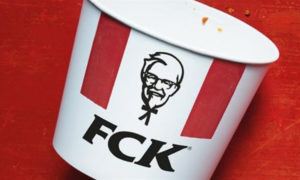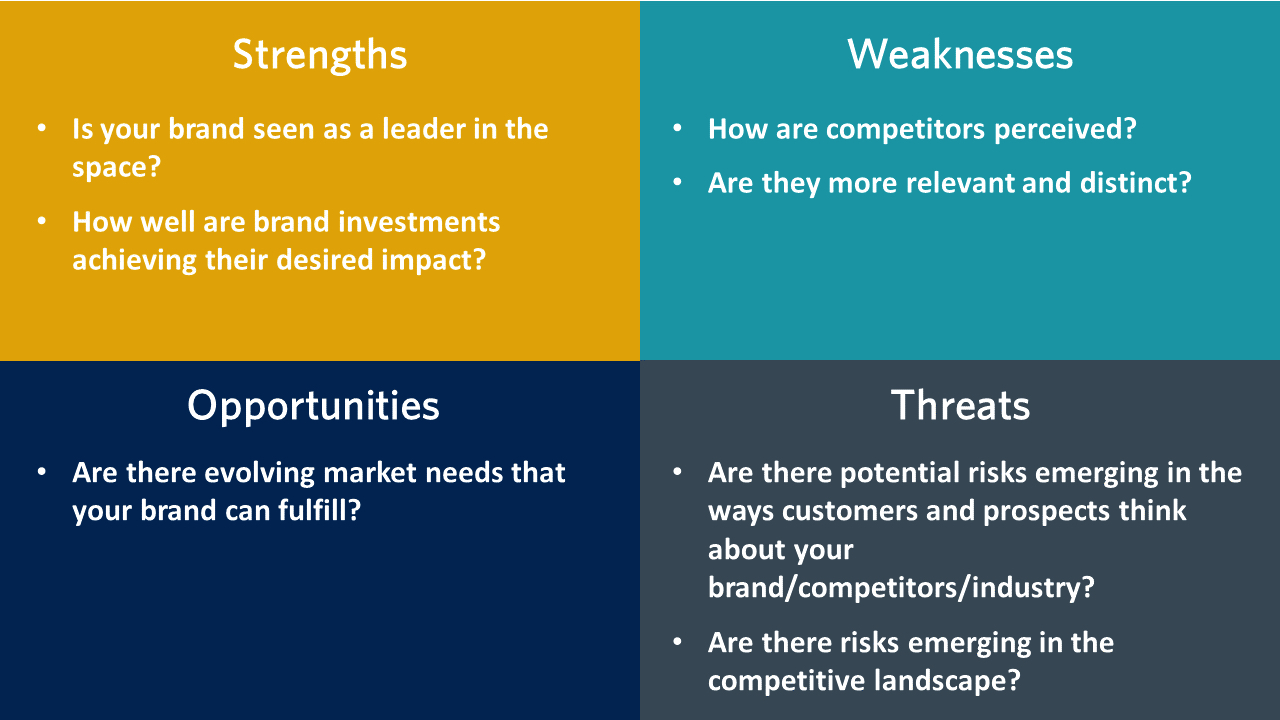Brands can learn a valuable lesson from what many doctors advise their patients – to schedule regular check-ups to help detect issues before they become bigger health concerns. The rationale is that by keeping a close eye on your health – while your body and the world around you evolve – you can avoid having an “oh &@$%!” moment where you uncover a serious, undetected issue that has spiraled out of control. Regular health check-ups are the key to early detection and a favorable prognosis. A company’s brand health is no different.
This potential “oh &@$%!” moment for brands is real, especially in an age where news travels instantly on social media, your brand’s flaws are amplified under the public’s microscope, and consumer behaviors are constantly evolving as the world changes.
What is Proactive Brand Health
Staying on top of brand health is more critical now than it has ever been for companies. However, some brands unfortunately wait for their stock price, reputation, or bottom line to take a downward turn before scrambling to figure out what happened. Rather than being reactive, brands should regularly assess their brand health to proactively address unfavorable PR, market changes, and evolving customer perceptions before it’s too late. Brands that are not already tracking brand health can fall prey to the unexpected that can destroy years of planning and investment.
Proactive Brand Health in the Real World
It pays to be aware of how your brand is perceived and where opportunity exists to control the narrative (just ask KFC!). It’s why KFC was able to come out on top (and win PR awards) when a severe supply shortage left hundreds of stores in the UK without chicken to sell. Brands can’t always control the obstacles that lie ahead of them, but they can certainly control how they recognize and react to these unforeseen issues.
Proactive brand health is knowing what your employees, your customers, and the broader market think about your brand, your competitors, and the role of your industry in their lives. It’s being keenly aware about how these perceptions are changing over time, knowing where your brand is able to play, and using this insight to shape your brand perceptions.

According to Campaign’s case study on KFC’s “very fcking clever campaign”, in February 2018, KFC restaurants in the UK were running out of key ingredients, including chicken, due to a new food delivery partner, who proved unable to fully meet KFC’s delivery needs. Within a week of the shortage, global news outlets were covering the story, screening footage of angry customers bemoaning that they were forced to visit Burger King instead of KFC for their beloved chicken buckets. At the time, the general public didn’t understand that the shortage was not a fault of KFC team members in the restaurants, but it was in fact a much larger KFC issue. Local law enforcement was even forced to send a tweet reminding citizens that the chicken shortage was “not a police matter.”
Beyond fixing the supply issue, KFC quickly recognized the need to change their brand narrative in a way that felt genuine and on brand. According to Campaign’s case study, on February 21st alone there were 53,000 social media mentions of KFC running out of chicken, alongside hashtags such as “#ChickenCrisis” and “#KFCCrisis.” Adding to the noise, analysis of the KFC brand uncovered that nearly three-quarters (71%) of the UK population visits KFC at least once a year, and that a quarter (24%) eats in its outlets on a weekly or monthly basis.
KFC quickly recognized their logistical mishap was becoming a threat to their brand. Their subsequent damage control efforts were soon heralded as one of the greatest examples of corporate crisis management, made possible through keen brand awareness and swift action.
Instead of offering an empty corporate apology, or just blaming its new delivery partner, KFC’s advertising agency settled on “FCK” to apologize in a bold and down-to-earth manner. The near-expletive anagram of KFC’s brand name emblazoned on the side of a chicken bucket seized attention, before offering an apology written in everyday, conversational language. “A chicken restaurant without any chicken. It’s not ideal,” joked the ad. “It’s been a hell of a week, but we’re making progress, and every day more and more fresh chicken is being delivered to our restaurants.”
The ad’s result was not simply a case of “back to normal” for KFC. In fact, the ad helped the chain to emerge from the ordeal without any lasting brand damage whatsoever. The campaign generated a total earned reach of more than one billion and actually improved brand impressions according to brand tracking data cited in the study.
Steps to Becoming a Proactive Brand
Proactive brands actively assess their brand’s strengths, weaknesses, opportunities and threats (SWOT). This analysis may come in the form of quarterly pulse surveys, monthly internal meetings, after-purchase consumer surveys, social media listening, or other tactics. These proactive brands know how to ask the right questions of the right audiences to maintain a pulse on key SWOT measures, such as:

Being a reactive brand, or even a brand that seeks the wrong feedback in tracking brand health, can be a costly mistake. The internet is littered with literature on different ways to measure brand health, and our advice to brands is to think critically about what you want to learn and from whom you must maintain a pulse on behaviors and perceptions. While one brand health measurement approach won’t work for everyone, we recommend considering the following 7 brand health tracking factors to figure out which metric(s) and audience(s) are critical for you to measure.
- Sample: Identify target audience priorities to ensure your brand health survey is appropriately targeted.
- Key Metrics: Align on the primary brand health metric to provide clear output – otherwise, develop a scale with several metrics linked to brand drivers.
- Brand Drivers: Identify drivers of brand health (e.g., brand associations, behavior) to determine the relationship between marketing actions and key metrics.
- Market Context: Effective analysis of a brand tracking study should recognize changes in the market landscape – anticipating the changing market will help to identify when baseline waves are appropriate.
- Competitors: Track competitive performance and relative positioning to assess key gaps and potential changes over time.
- Seasonal/Special Topics: Core questions are intended to be consistent and tracked over time, while more topical issues can be replaced – consider how frequently core and modular issues need to be assessed to inform an appropriate cadence.
- Employees: Consider an employee brand health tracker to further diagnose internal credibility to deliver on the brand positioning and experience.
While you can’t predict the future, it’s better to keep your eyes and ears open in the right places to ensure your brand is the first to see what’s coming.
Whether brand health in your organization takes on the form of quarterly pulse surveys, monthly internal meetings, after-purchase consumer surveys, social media listening, or other tactics, your actionable insights await you and your brand’s future is in your control. As your brand health changes, we hope our advice helps you see change coming, be the first to know, and have as many options as possible on course of action.
